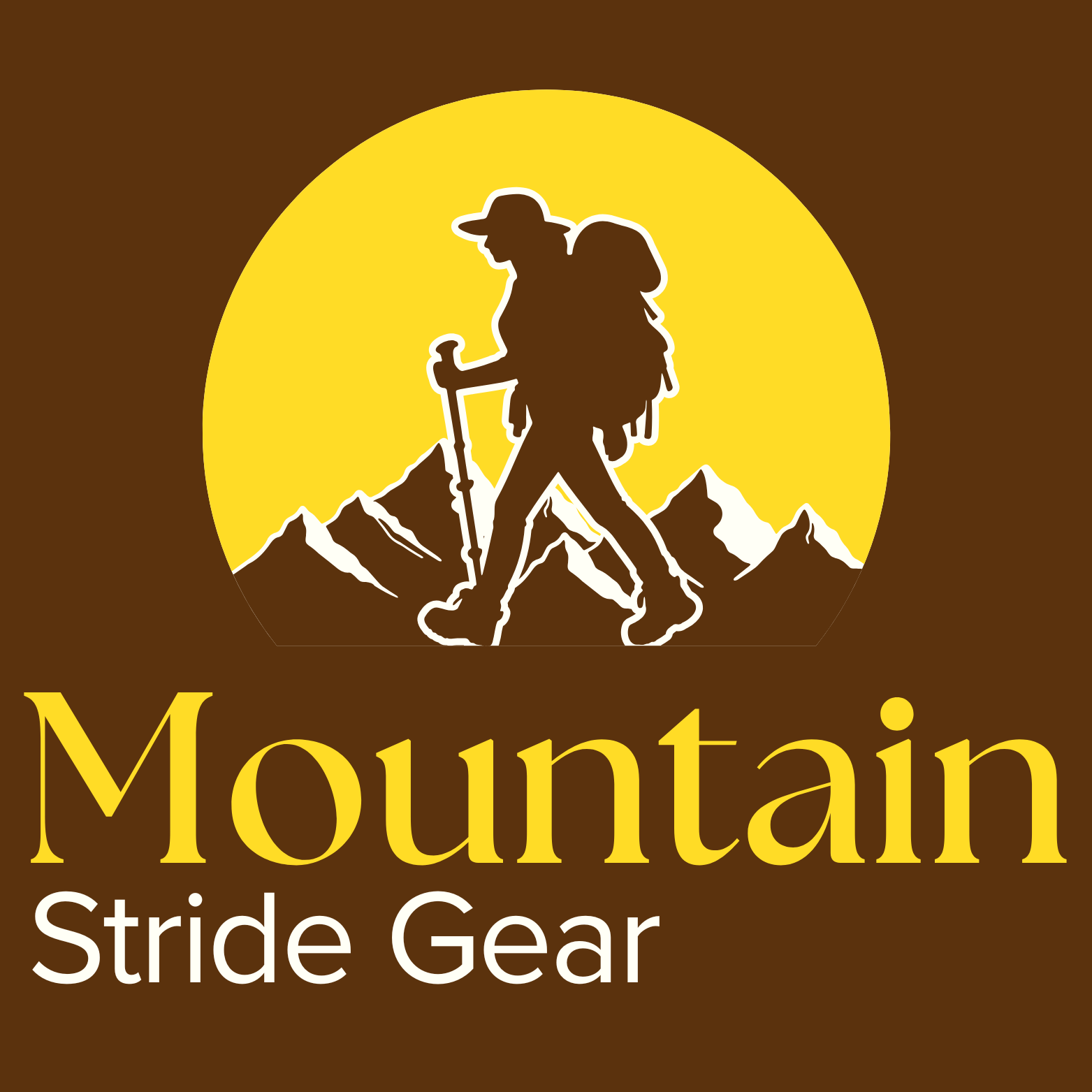Are you tired of waking up cold, cramped, or frustrated on your outdoor trips? In this post, you’ll learn how to choose shelter and sleeping systems that deliver comfort, durability, and ease—whether you’re trekking solo, camping with family, or going on an RV road trip. We’ll cover the gear features that really matter and actionable tips to help you rest well under the stars.
What Matters Most: Key Gear Criteria
Terrain, Climate & Usage Style
- Adventure Trekkers & Explorers
You’ll want shelters and sleeping gear that are lightweight, compact, and quick to pack. Think ultralight tents and sleeping systems designed for changing climates where space and weight are at a premium. - Family & Casual Campers
For car camping or family trips, prioritize tents with spacious interiors, easy setup, and durable fabrics that can withstand wear and tear. Comfort features like large vestibules, decent headroom, and room for gear matter here. - RV Travelers or Glampers
You have more space to work with. Look for comfort-focused sleeping systems: thicker pads or mattresses, temperature control, and climate adaptability inside your shelter.
Shelter Types & Features
- Backpacking Tents
Lightweight, minimalist shelters with high trail-endurance. A 1–2 person ultralight tent saves pack weight but gives less room; balance your comfort versus portability. - Instant or Pop-Up Tents
Great for families or short trips: fast setup and generous space. Time saved in setting up can be a huge win when traveling with kids or arriving late. - Weather & Season-Ready Materials
Wind resistance, rainproof coating, snow load, and ventilation are key. Even in mild climates, unexpected weather can make a big difference—look for shelters with good waterproofing seams and ventilation options.
Mastering Your Sleeping System
Insulation, Pads & Bags
- Sleeping Pads (Backbone of Comfort & Warmth)
R-value measures how well a pad insulates. A higher R-value means more warmth. Air pads are lightweight and pack small, self-inflating pads combine comfort and warmth, while closed-cell foam is rugged and budget-friendly. - Sleeping Bags & Shape
Choose shape and season: mummy bags retain warmth for cold nights, rectangular bags are more comfortable in mild summer weather. Size matters—kids, for example, may sleep better with slightly oversized bags plus liners.
Layering & Accessories
- Use liners for extra warmth in cold or unpredictable weather.
- Combine pad + bag layering rather than relying on one gear element to do everything.
- Extra items like insulated pillows, ground tarps, or footprint sheets help preserve gear and add comfort.
Actionable Tips & Trends
- Match Gear to Conditions Before Each Trip
- If nights drop near freezing, pick pads with R-value 4+ and cold-weather-rated bags.
- In hot, dry climates, go with breathable materials and lighter insulation.
- Prioritize Ease of Use
- Choose shelters that people can set up in under 10 minutes, especially for family trips.
- Go for breathable, easy-to-clean fabrics.
- Select sleeping systems that are compact and manageable—kids and novices appreciate simplicity.
- Think About Comfort in Small Details
- A quality pad makes a big difference: cushioning, insulation, and support for back or bony spots.
- More headroom in shelters avoids that claustrophobic feeling.
- Light-reflective guy lines or high-visibility zippers help at night.
- Watch Shifting Trends in Outdoor Gear
- Ultralight backpacking has grown: many thru-hikers now aim for base weights under 10 pounds.
- Modular systems are becoming popular: mixing and matching pads, liners, and shelters based on trip type.
- Multi-use gear—items that serve more than one purpose—helps reduce pack weight and cost.
Examples & Statistics
- Studies of outdoor gear consumers show that warmth and comfort are often rated as the top factor in gear satisfaction—more so than brand recognition or color.
- A survey of family campers indicated that fast setup time dramatically improves trip enjoyment, especially when arriving at camp after dark.
- Gear experts agree the combined insulative performance of the pad + bag system strongly predicts how warm you’ll feel, more than relying on one piece alone.
Choosing the right shelter and sleeping systems isn’t just about fancy gear—it’s about making smart decisions based on your climate, trip style, and comfort needs. Key takeaways:
- Gear should align with terrain, climate, and who you’re traveling with.
- The pad + bag + shelter combo is what ultimately shapes warmth and comfort.
- Ease of setup and small comfort features amplify your overall experience.
If you found this guide helpful, join our newsletter for in-depth gear reviews, seasonal tips, and family camping recommendations. And if you’re inspired, share this post with fellow outdoor lovers who might sleep better under the sky because of it.
